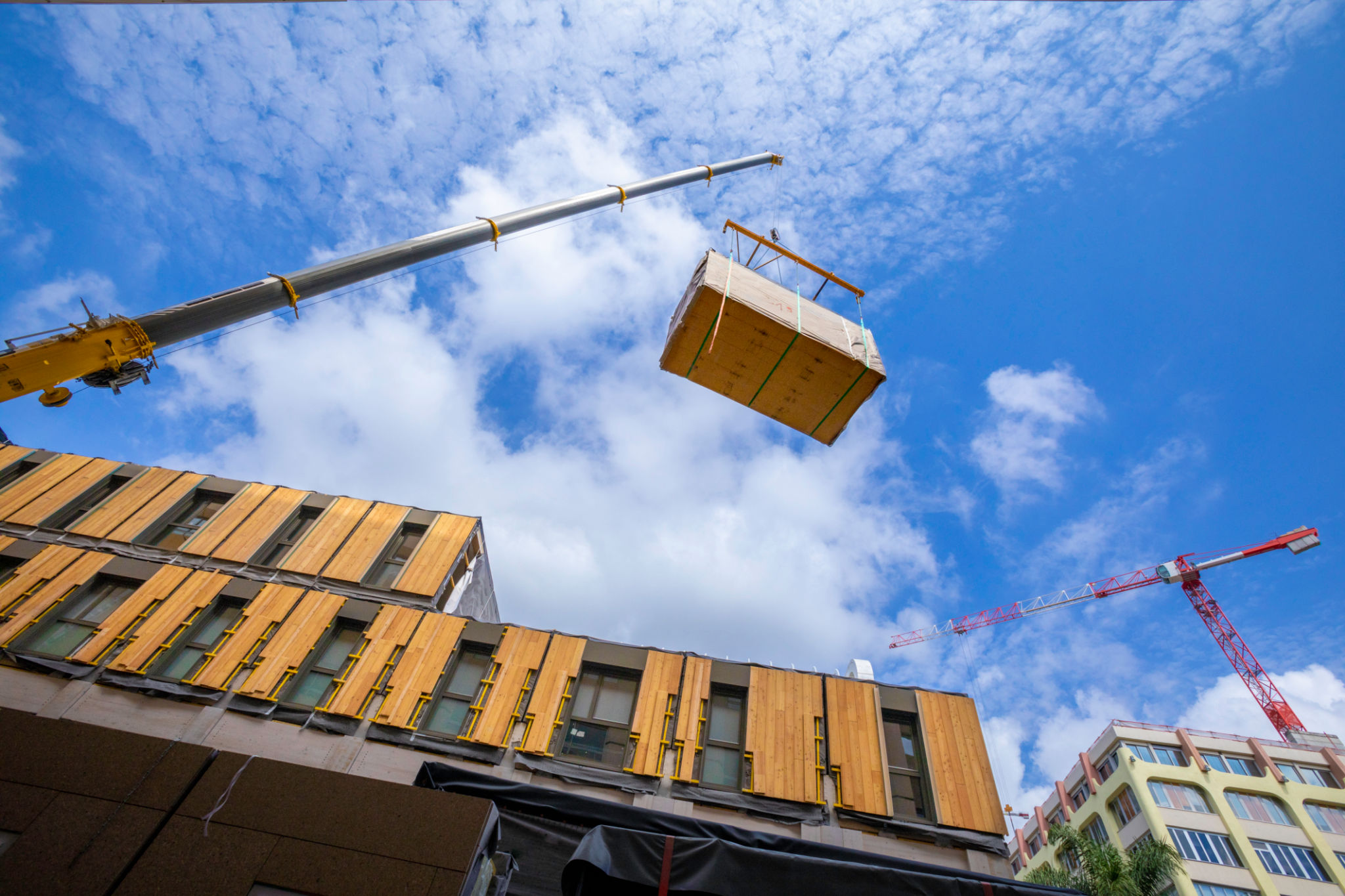Common Misconceptions About Sustainable Construction and How to Avoid Them
Understanding the Basics of Sustainable Construction
Sustainable construction is often misunderstood as merely using green materials or reducing energy consumption. However, it encompasses a much broader spectrum that includes efficient resource management, minimizing waste, and creating buildings that have a positive impact on their surroundings. It's crucial to understand these fundamentals to embrace sustainable practices effectively.

Misconception #1: Sustainable Construction Is Too Expensive
A common belief is that sustainable construction is significantly more costly than traditional methods. While initial costs may be higher due to the use of advanced technologies and materials, the long-term savings in energy and maintenance often outweigh these expenses. Additionally, government incentives and tax rebates can offset these initial costs, making sustainable construction more financially viable.
Misconception #2: Sustainable Buildings Lack Aesthetic Appeal
Another misconception is that sustainable buildings sacrifice design and aesthetics for functionality. In reality, many architects and designers are embracing sustainable practices to create visually stunning structures. By integrating natural elements and innovative designs, sustainable buildings can be both beautiful and functional.

Misconception #3: Sustainable Practices Are Only for Large Projects
Some believe that only large-scale construction projects can benefit from sustainable practices. However, sustainability can be integrated into projects of any size. From small homes to large commercial buildings, incorporating energy-efficient systems, sustainable materials, and eco-friendly designs can have a significant impact.
How to Avoid Misconceptions and Embrace Sustainable Practices
Understanding and addressing these misconceptions is key to successfully implementing sustainable construction practices. Here are some steps to help avoid these pitfalls:
- Educate Yourself and Your Team: Stay informed about the latest trends and technologies in sustainable construction.
- Consult with Experts: Work with architects and builders who specialize in sustainable practices to ensure the best outcomes.
- Start Small: Implementing small changes can make a big difference over time.

Emphasize the Long-Term Benefits
Highlighting the long-term benefits of sustainable construction is crucial. These benefits include reduced operational costs, improved indoor air quality, and increased property value. By focusing on these advantages, stakeholders can better appreciate the value of investing in sustainable practices.
Encourage Collaboration and Innovation
Collaboration between architects, engineers, and builders is essential for successful sustainable construction. Encourage innovation by exploring new materials, technologies, and methods that can enhance sustainability. This collaborative approach can lead to more efficient and effective solutions.
Sustainable construction is not just a trend but a necessary evolution in the building industry. By debunking common misconceptions and embracing sustainable practices, we can create healthier, more efficient, and more resilient structures for future generations.